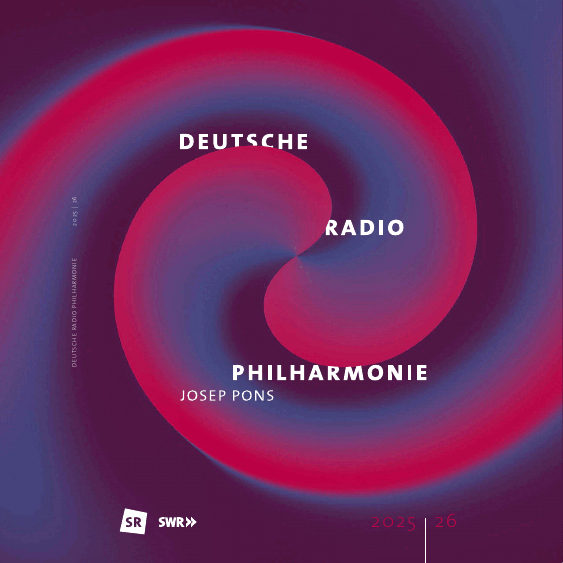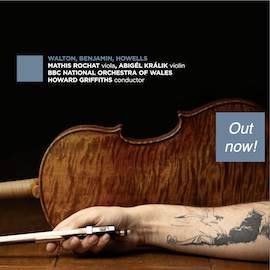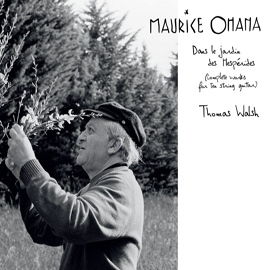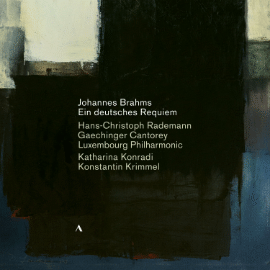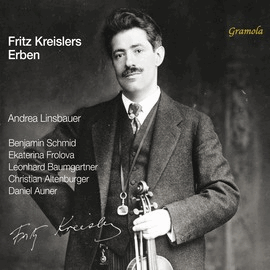Die Geigerin Anna Urpina stellt zusammen mit der Sopranistin Maria Hinojosa und einigen Instrumentalisten Werke von Komponistinnen vor, deren Geburtsdaten von der Mitte des 16. bis zum Ende des letzten Jahrhunderts reichen. Für diese Zusammenstellung hat Urpina ihre Recherchen nach Manuskripten in Archiven in Paris und Venedig durchgeführt. Im Fokus stehen zwölf Komponistinnen, von deren Werken sieben hier erstmals aufgenommen wurden.
Die Darstellung von Frauen in ihrem gesellschaftlichen Wirken außerhalb des häuslichen Bereichs haben schon Giovanni Boccaccio in De Mulieribus Claris (1362) und Baldassare Castiglione in Il libro del Cortegiano (1528) aufgegriffen. Speziell Kompositionen von Frauen finden sich schon in frühen Sammlungen von Notenwerken.
Aus der Sammlung früher Monodien von Francesca Caccinistammt Lasciatemi qui solo, dass sich durch seine Phrasierung und Ornamentik als mehrdeutig im elegischen Stil offenbart.
Elizabeth Jacquet de La Guerre wurde schon als Kind in der Musik wahrgenommen. Ihre Werke wurden als originell und elegant benannt. Die Sonate I pour violon, viole obligé et basse-continue ist strukturell ausbalanciert, rhythmisch kraftvoll und harmonisch ausdrucksstark.
Als weiteres Beispiel seien die Canciones de Amor von Zulema de la Cruz erwähnt. Dieses 2004 anlässlich des Todes von José Hierro komponierte Stück gefällt durch die Subtilität der Behandlung des Textes.
Anna Urpina bietet in dieser Zusammenstellung einen Einblick in eine beinahe vergessene Welt. In ihrem Spiel lässt sie unmittelbar die Zuwendung an diese Stücke hören. Mit ebenso sicherem wie gestaltungsfreudigem Einsatz gibt sie jedem Werk eine persönliche Note.
Maria Hinojosa ergänzt diese Darstellung mit ihrem Gesang. Sie widmet sich sowohl alten wie auch neuen Kompositionen stilgerecht. Die vor allem als Continuospieler agierenden Instrumentalisten unterstützen die Solisten mit regen und unterstützenden Beiträgen.
Violinist Anna Urpina, together with soprano Maria Hinojosa and several instrumentalists, presents works by female composers born between the mid-16th century and the end of the last century. Urpina conducted her research for this compilation in archives in Paris and Venice. The focus is on twelve female composers, seven of whose works have been recorded here for the first time.
The portrayal of women in their social activities outside the domestic sphere was already taken up by Giovanni Boccaccio in De Mulieribus Claris (1362) and Baldassare Castiglione in Il libro del Cortegiano (1528). Compositions by women in particular can already be found in early collections of sheet music.
Lasciatemi qui solo, from Francesca Caccini’s collection of early monodies, reveals itself to be ambiguous in its elegiac style through its phrasing and ornamentation.
Elizabeth Jacquet de La Guerre was recognized as a musical prodigy even as a child. Her works have been described as original and elegant. Sonata I for violin, viola obbligato, and basso continuo is structurally balanced, rhythmically powerful, and harmonically expressive.
Another example is the Canciones de Amor by Zulema de la Cruz. Composed in 2004 on the occasion of José Hierro’s death, this piece appeals with its subtle treatment of the text.
In this compilation, Anna Urpina offers an insight into an almost forgotten world. Her playing immediately conveys her devotion to these pieces. With a confident and creative approach, she gives each work a personal touch.
Maria Hinojosa complements this performance with her singing. She devotes herself to both old and new compositions in a style appropriate to each. The instrumentalists, who act primarily as continuo players, support the soloists with lively and supportive contributions.



